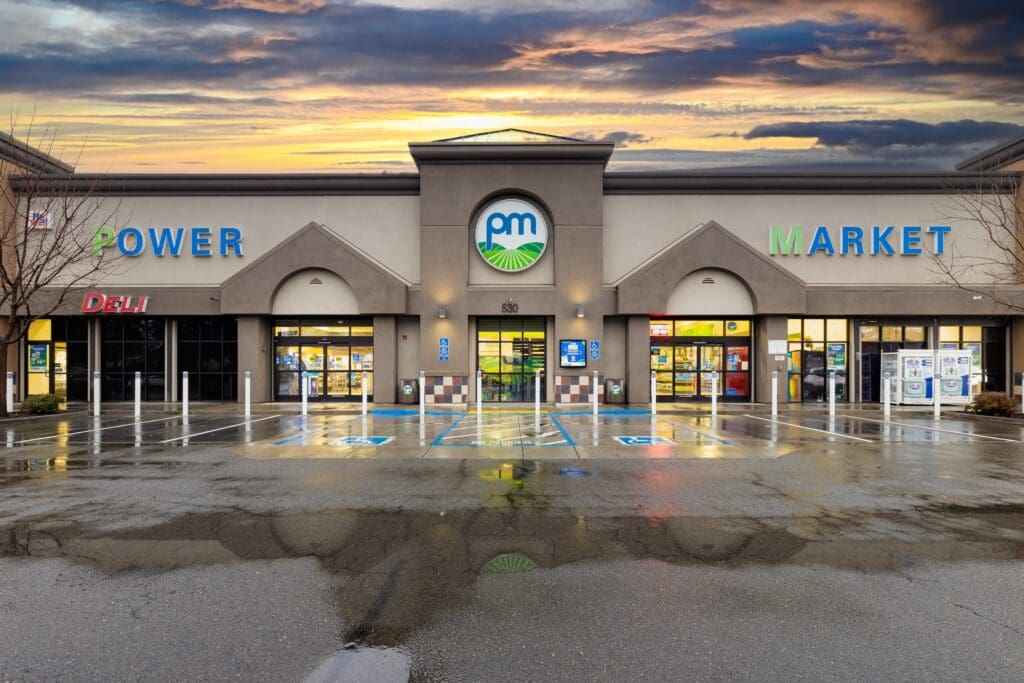Your C-Store Pricing Strategy is Key to Profitability
How much of your time is spent analyzing pricing strategies for in-store products versus fuel price trends as a convenience store owner? According to statista.com, motor fuel accounted for 63.7% of all convenience store sales in 2019, and c-stores sell about 80% of the nation’s gasoline to drivers on the road. However, contrary to popular belief about “big oil companies” making huge profits, the actual dollars that private companies bring in from fuel sales isn’t significant.  According to NACS, the 5-year average gross margin on gasoline as of 2018 was 21.6 cents per gallon or 8.5% of the overall price of gas. After accounting for card processing fees and other operational expenses, the net profitability is somewhere between 1-2% (as little as 3 cents per gallon.) True profitability for gas station owners has always been based on supplemental product offerings. Look back to the mid-twentieth century, and just about every successful gas station had a flourishing service station. Fuel served to bring customers to the station routinely; attendants providing high-service created word-of-mouth advertising. As a result, service stations were kept busy providing a wide range of maintenance and repair work for their customers. That’s where the station made its money. Today, vehicle technology has expanded such that it isn’t economically feasible for gas stations to provide these same maintenance and repair services. Many car and truck owners rely on dealerships and larger repair shops to handle the work. Modern-day fuel stations rely on convenience store sales to generate profits, making c-store pricing strategies critical for success.
According to NACS, the 5-year average gross margin on gasoline as of 2018 was 21.6 cents per gallon or 8.5% of the overall price of gas. After accounting for card processing fees and other operational expenses, the net profitability is somewhere between 1-2% (as little as 3 cents per gallon.) True profitability for gas station owners has always been based on supplemental product offerings. Look back to the mid-twentieth century, and just about every successful gas station had a flourishing service station. Fuel served to bring customers to the station routinely; attendants providing high-service created word-of-mouth advertising. As a result, service stations were kept busy providing a wide range of maintenance and repair work for their customers. That’s where the station made its money. Today, vehicle technology has expanded such that it isn’t economically feasible for gas stations to provide these same maintenance and repair services. Many car and truck owners rely on dealerships and larger repair shops to handle the work. Modern-day fuel stations rely on convenience store sales to generate profits, making c-store pricing strategies critical for success.
How important is product pricing to your C-Store Pricing Strategy?
There are three ways to increase revenue: increase the price per unit, decrease the cost per unit, or sell more units. McKinsey and Company analysts Michael V. Marn and Robert L. Rosiello studied the impact of these variables and produced a report for the Harvard Business Review in 2008 with their findings. Keeping all other variables the same, they found that:
- Increasing sales volume by 1% resulted in an increase of 3.3% in profit.
- Decreasing variable costs by 1% achieved a 7.8% increase in profit.
- Increasing the price by 1% corresponded to an 1% increase in profit.
What are the most common considerations for c-store pricing strategies?
Convenience store pricing strategies include three broad categories: market demand, perceived value, and promotions. C-store owners must carefully consider all three of these areas to ensure maximum profitability.
- Most business owners are familiar with market demand. As supply increases, the buyer has more power to compare prices while the retailer needs to get rid of excess inventory, bringing prices down. When demand increases, there is less product available to choose from, and shoppers are willing to pay much higher prices.
- Consumers will pay more for products with higher perceived value. One goal of advertising is to increase the product’s value in the eyes of consumers. Business owners, however, can employ other strategies for increasing perceived value by updating store look and feel, keeping products neat and shelves clean, providing demonstrations, and talking about the product’s benefits with customers.
- Promotions and localized pricing decisions provide store managers with opportunities to increase sales volume. It’s important to note from above that increasing sales volume yields much less profit than decreasing expenses or increasing prices, so this is an area that owners should carefully monitor. Implementing B1G1 promotions, discounts, or giveaways with a full tank of fuel sales, loyalty rewards, and other programs are great ways to attract customers and gain repeat business. Still, they should be designed strategically to ensure stores aren’t losing sales dollars on primary revenue streams. Managers should be trained to understand pricing strategies and how discounts and giveaways impact the bottom line.
How can you adopt a successful pricing strategy for products?
Our professional team at GP Energy works with business owners to develop operational strategies and practices to maximize their bottom-line earnings. We can assess your business, recommend new product lines or service opportunities to supplement your current offerings, and help your team implement sound promotional strategies and a C-Store pricing strategy to maximize net profits. Contact us today to learn more about how we can help you achieve your goals and realize success.




